The history of the camera is a remarkable journey through time, technology, and the human desire to capture and immortalize moments. From the earliest pinhole cameras to the sophisticated digital devices of today, cameras have evolved in tandem with our need to document our world and our lives. Let’s embark on a captivating journey through camera history and explore how these ingenious devices have shaped the way we remember and experience the past.
The Pinhole Camera: A Glimpse of the Past
The origins of the camera can be traced back to the simple yet ingenious pinhole camera, also known as the camera obscura. This basic optical device, which dates back to ancient China and Greece, allowed observers to project an image of the outside world onto a darkened surface. While it was a precursor to the modern camera, it lacked the ability to record or preserve images.
The Daguerreotype: Pioneering Photography
In the early 19th century, photography as we know it began to take shape with the invention of the daguerreotype by Louis Daguerre. This groundbreaking process enabled the creation of permanent images on silver-coated copper plates. The daguerreotype marked the birth of photography as a practical and reproducible medium, providing people with the ability to capture and share their likenesses for the first time.
The Kodak Brownie: Photography for the Masses
The late 19th and early 20th centuries witnessed the democratization of photography with the introduction of cameras like the Kodak Brownie. This affordable and user-friendly camera allowed ordinary people to become amateur photographers, changing the way society recorded its history and memories. The mantra of the Kodak company was simple but profound: “You press the button, we do the rest.”
The Age of Film Photography: A Colorful Revolution
The development of roll film and color photography in the mid-20th century transformed photography. Photographers could now capture vibrant, lifelike images in color, adding an entirely new dimension to their work. This era gave rise to iconic film cameras like the Leica, which were favored by professional photographers and journalists.
The Digital Revolution: Pixels Replace Film
The late 20th century marked the transition from film to digital photography. The invention of the digital camera and image sensor technology revolutionized the way images were captured, stored, and shared. With digital photography, photographers could instantly review and edit their images, and the era of film processing and darkrooms began to fade away.
The Smartphone Era: Cameras in Our Pockets
In the 21st century, the advent of smartphones equipped with increasingly powerful cameras further transformed the way we capture life’s moments. With high-quality sensors, advanced features, and a plethora of photo-editing apps, people can effortlessly document and share their experiences with the world in real-time.
The Future of Cameras: Innovations Beyond Imagination
As we look to the future, we can expect even more exciting developments in camera technology. Innovations like computational photography, augmented reality, and holographic imaging promise to reshape the way we capture and interact with the world. These technologies will continue to push the boundaries of what is possible, ensuring that the journey through camera history remains an ever-evolving and captivating one.
In conclusion, the history of cameras is a testament to human ingenuity and the desire to preserve and share life’s moments. From humble beginnings to the technological wonders of today, cameras have not only recorded history but have shaped it. As we move forward, we can look forward to a future where capturing life’s moments is more immersive, creative, and meaningful than ever before.





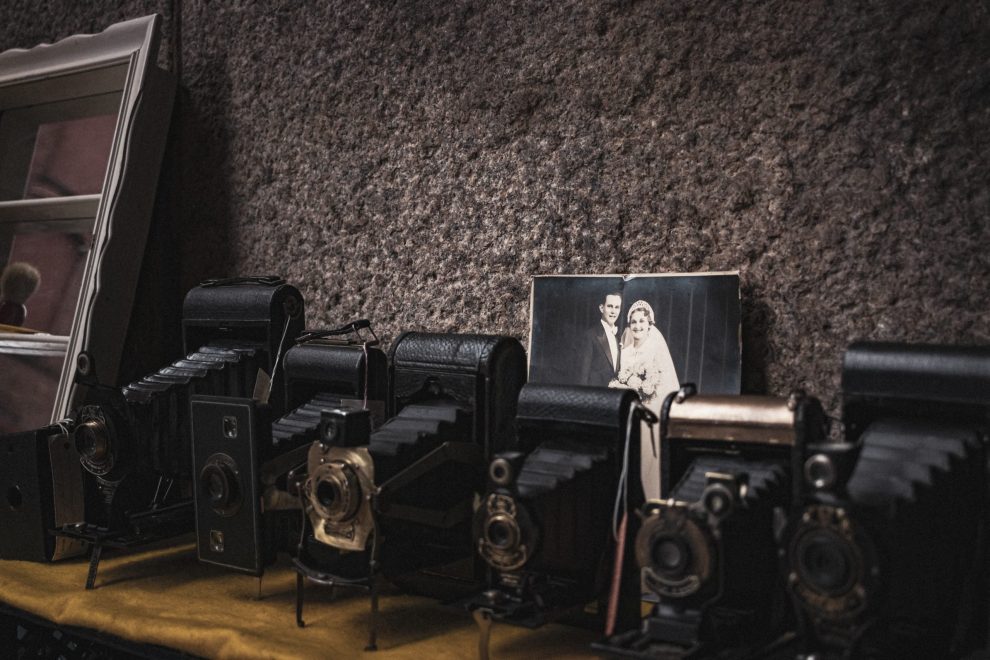

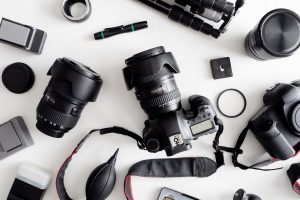
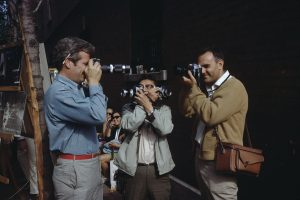

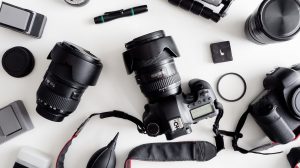
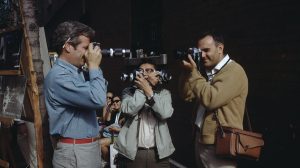

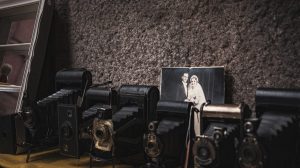
Add Comment